Tracking development assistance for health and for COVID-19: a review of development assistance, government, out-of-pocket, and other private spending on health for 204 countries and territories, 1990-2050
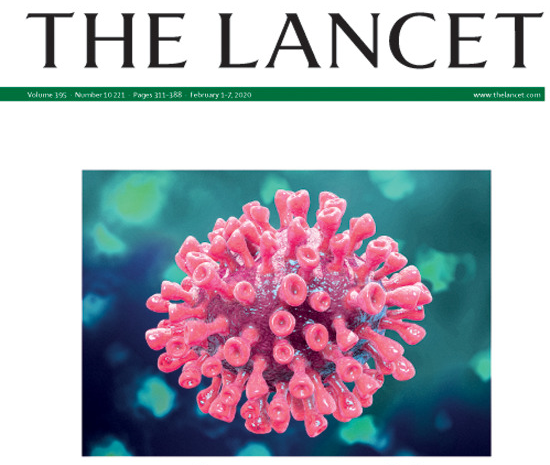
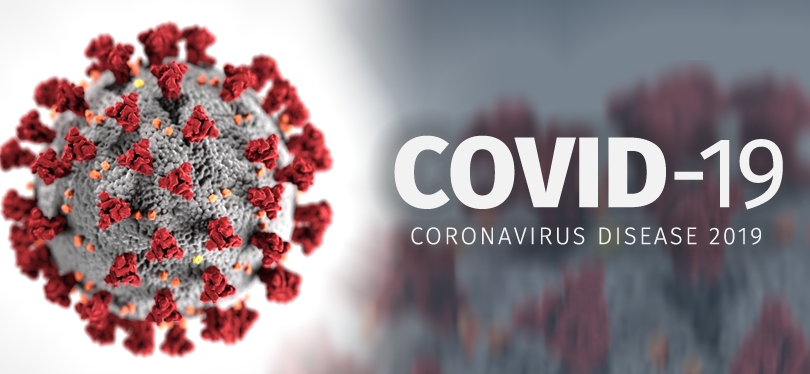
The rapid spread of COVID-19 renewed the focus on how health systems across the globe are financed, especially during public health emergencies. Development assistance is an important source of health financing in many low-income countries, yet little is known about how much of this funding was disbursed for COVID-19. We aimed to put development assistance for health for COVID-19 in the context of broader trends in global health financing, and to estimate total health spending from 1995 to 2050 and development assistance for COVID-19 in 2020.
A novel cluster detection of COVID-19 patients and medical disease conditions using improved evolutionary clustering algorithm star
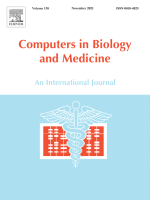
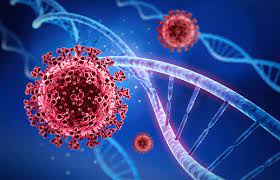
With the increasing number of samples, the manual clustering of COVID-19 and medical disease data samples becomes time-consuming and requires highly skilled labour. Recently, several algorithms have been used for clustering medical datasets deterministically; however, these definitions have not been effective in grouping and analysing medical diseases. The use of evolutionary clustering algorithms may help to effectively cluster these diseases. On this presumption, we improved the current evolutionary clustering algorithm star (ECA*), called iECA*, in three manners: (i) utilising the elbow method to find the correct number of clusters; (ii) cleaning and processing data as part of iECA* to apply it to multivariate and domain-theory datasets; (iii) using iECA* for real-world applications in clustering COVID-19 and medical disease datasets
Evolving deep convolutional neutral network by hybrid sine–cosine and extreme learning machine for real-time COVID19 diagnosis from X-ray images
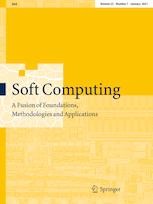

The COVID19 pandemic globally and significantly has affected the life and health of many communities. The early detection of infected patients is effective in fighting COVID19. Using radiology (X-Ray) images is, perhaps, the fastest way to diagnose the patients. Thereby, deep Convolutional Neural Networks (CNNs) can be considered as applicable tools to diagnose COVID19 positive cases. Due to the complicated architecture of a deep CNN, its real-time training and testing become a challenging problem. This paper proposes using the Extreme Learning Machine (ELM) instead of the last fully connected layer to address this deficiency. However, the parameters’ stochastic tuning of ELM’s supervised section causes the final model unreliability.
The COVID-19 infection and the immune system: The role of complementary and alternative medicines

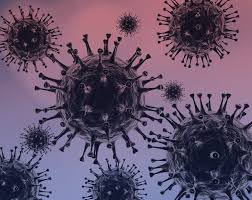
This study investigates the effectiveness of Complementary and Alternative Medicines (CAMs) in boosting immune response against infection diseases. The role of vitamins in COVID-19 in its early stages is also investigated and the previous research findings are reported. The result of this study is important especially for the patients with COVID-19 who may found CAMs as effective way in boosting immune response against this virus and useful option for management and treatment of COVID-19 in its early stages. We suggest that further studies through consumers’ experience analysis on CAMs are required to come to robust conclusions in the effectiveness of CAMs for management and treatment of COVID-19.
Real‑time COVID-19 diagnosis from X-Ray images using deep CNN and extreme learning machines stabilized by chimp optimization algorithm
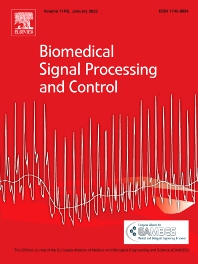
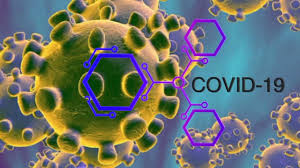
Real-time detection of COVID-19 using radiological images has gained priority due to the increasing demand for fast diagnosis of COVID-19 cases. This paper introduces a novel two-phase approach for classifying chest X-ray images. Deep Learning (DL) methods fail to cover these aspects since training and fine-tuning the model's parameters consume much time. In this approach, the first phase comes to train a deep CNN working as a feature extractor, and the second phase comes to use Extreme Learning Machines (ELMs) for real-time detection. The main drawback of ELMs is to meet the need of a large number of hidden-layer nodes to gain a reliable and accurate detector in applying image processing since the detective performance remarkably depends on the setting of initial weights and biases. Therefore, this paper uses Chimp Optimization Algorithm (ChOA) to improve results and increase the reliability of the network while maintaining real-time capability.
Hybrid Genetic Algorithm and Machine Learning Method for COVID-19 Cases Prediction
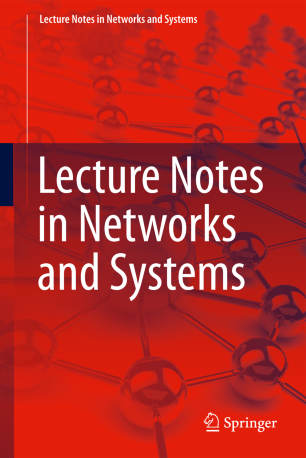
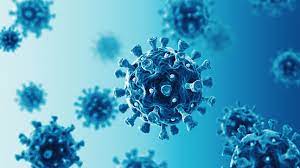
A novel type of coronavirus, now known under the acronym COVID-19, was initially discovered in the city of Wuhan, China. Since then, it has spread across the globe and now it is affecting over 210 countries worldwide. The number of confirmed cases is rapidly increasing and has recently reached over 14 million on July 18, 2020, with over 600,000 confirmed deaths. In the research presented within this paper, a new forecasting model to predict the number of confirmed cases of COVID-19 disease is proposed. The model proposed in this paper is a hybrid between machine learning adaptive neuro-fuzzy inference system and enhanced genetic algorithm metaheuristics.